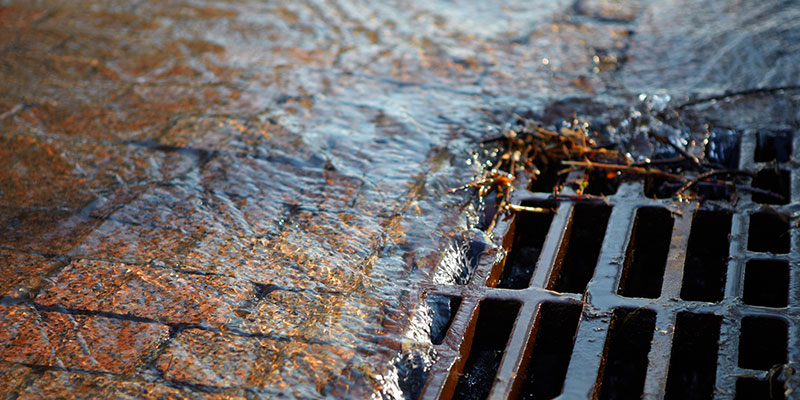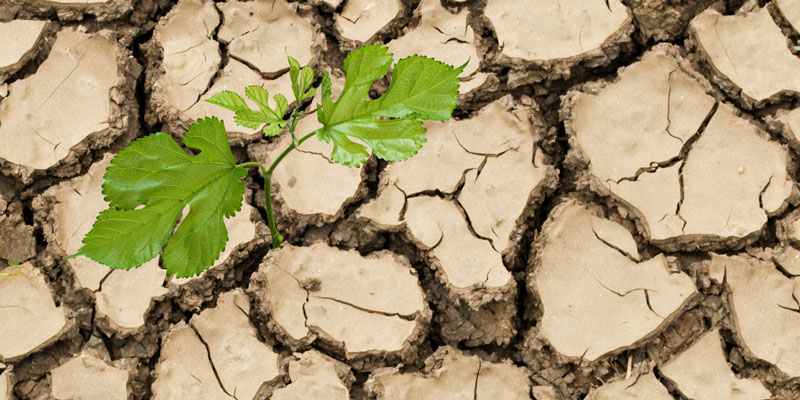Estimating the Assimilative Capacity of the Saint John River
Principal Investigator - Kelly Munkittrick, University of New Brunswick (2001-2004)

Challenge
Ecosystems are constantly under the cumulative stress of human derived pressure, but at what point do ecosystems reach their threshold? A way of understanding this is by determining an ecosystems assimilative capacity, which is defined as the ability an ecosystem has to receive additional (or existing) wastes without damaging aquatic life or affecting its use as a human resource.
The Saint John River and estuary is the site of five major hydroelectric facilities and is the receiver for effluent from five pulp and paper mills, a number of food processing plants, an oil refinery, light industry, and the municipal and storm waste wasters for a significant portion of the population of New Brunswick. In the upper basin, headwaters are subject to intensive forestry and agricultural activities
This project, led by Dr. Kelly Munkittrick, has sought to improve the understanding of factors affecting water quality, and developing strategies to balance human and ecosystem demands for water. The overall focus of this project is to provide a better understanding of the problem areas within the Basin, and identify priorities and solutions to issues within the Basin using assimilative capacity as a cumulative effects monitoring framework.
Project
The Saint John River was used to develop a model for cumulative effects assessment. The long term goal was to develop a predictive model for assimilative capacity that can be used as a planning and coordination tool. The assessment and definition of assimilative capacity relies on ecological monitoring and adaptive management, but there are feedback, implementation, and communication barriers that currently limit adaptive ecosystem management. These barriers were identified and evaluated. The purpose of this project was to identify the causes of cumulaitve effects at areas of concern within the basin and to develop the background information necessary for applying the approach in estuaries.
This project focused on the stress placed on fish. Detailed life history descriptions were made for a number of fish species relevant to the Saint John River, and preliminary studies in the estuarine area showed that marine fish communities are transient, and composed of a small number of fish species. Tools were developed to identify a lifecycle protocol for assessing reproductive contaminants in estuarine fish, isolate hormone-active contaminants from complex effluents, and examine the mechanism of impact. Tools include: the movement patterns of fish, mesocosm methods for separating causes, laboratory methods for separating or identifying causes, and biochemical methods for understanding mechanisms of impact
Additionally, this study investigated aspects of benthic community structure, periphyton and water quality. Key areas of concern were identified near food processing plants, in the intensive agricultural areas of the basin, and near sewage outfalls in the upper basin.
Outputs
- Development of a) a framework for cumulative effects assessment for rivers and estuaries, b) demonstration of an approach for attributing responsibility for existing changes within a system responding to multiple stressors, and c) methodologies describing how to predict the impacts of additional stressors when the existing performance is already affected by pre-existing multiple stressors.
- Development of a draft framework for assimilative capacity.
- Development of an annual conference and workshop aimed at transferring current information to the stakeholders.
- Regular project workshops are held to tailor the approach for the specific stakeholders in the surrounding watershed.
Outcomes
- Increased understanding of how changes in water quality at the watershed scale modify ecosystem function, sustainability, and biotic community structure. By integrating effects across several levels of biological organization, this project has provided a diagnostic framework to link effects with cause. Biological responses were capable of identifying key areas of impact within the basin, and fish responses identified areas of concern where impacts were occurring that were not identified by key stakeholders at the start of the project.
- Formation of key partnerships, which have helped standardize methodologies and approaches. Partnerships include close coordination of data requirements with the other major ecological watershed studies. The existence of comparable data sets, endpoints and emphasis will more easily allow the eventual testing to the applicability/transferability of the framework to other locations or scenarios.
- The existence of a network collaboratively developing the baseline data requirements has lead to the education of all stakeholders and the identification of feedback, implementation, and communication barriers that currently limit adaptive ecosystem management.
Increased capacity as the project has helped to train multiple graduate students, some of whom are listed as presenters below and graduated in 2003 and 2004 creating additional highly qualified personnel in the field of cumulative environmental effects.
Presentations:
- Doherty, C.A., R.A. Curry, and K.R. Munkittrick. 2010. Spatial and temporal movements of white sucker: implications for use as a sentinel species. Trans. Amer. Fish. Soc. 139: 1818-1827.
- Doherty, C.A., B. Galloway, R.A. Curry & K.R. Munkittrick. 2005. Performance of white sucker populations along the Saint John River main stem, New Brunswick, Canada: an example of effects-based cumulative effects assessment. Water Qual Res J Can 40(3): 361-373.
- Vallis, L., D.L. MacLatchy and K.R. Munkittrick. 2007. Assessment of the potential of the rock gunnel (Pholis gunnellus) along the Atlantic coast of Canada as a species for monitoring the reproductive impacts of contaminant exposures. Environmental Monitoring and Assessment 128: 183-194.
- Gray, M.A. and K.R. Munkittrick. 2005. An effects-based assessment of slimy sculpin (Cottus cognatus) populations in agricultural regions of northwestern New Brunswick. Water Qual. Res. J. Can 40: 16-27.




